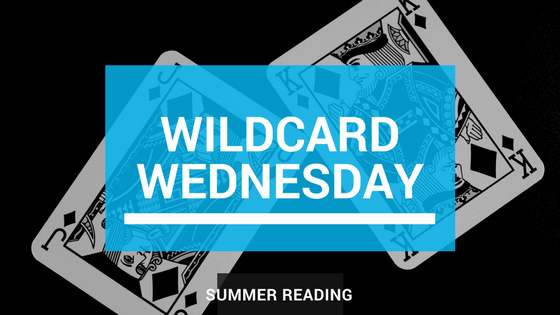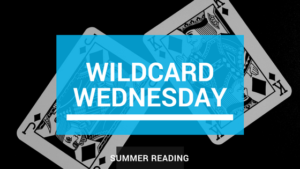
Two Books To Help Get Ready
I have decided that each Wednesday on the blog this semester will be “Wildcard Wednesday”. In other words, there will be no theme. Instead I will write about whatever happens to be on my mind. I’ll begin by sharing two books that apply to all math instructors.
The Fall 2017 semester starts next week for us at College of the Sequoias. One of my favorite summer pastimes is to read books on instructional strategies and books that inspire my teaching philosophy. Today, on #BookLoversDay, I will be discussing two of the books I read this summer.
Successful Beginnings for College Teaching by Angela Proverita McGlynn
Before any semester, I always start by rereading one of my favorite books: Successful Beginnings for College Teaching by Angela Provitera McGlynn. This book is aimed at new college instructors, particularly at commuter schools and community colleges. A listing of the chapters tells you all about the book.
- Classroom and Course Management
- A Positive Start: First Day Classroom Activities and Icebreakers
- Creating a Welcoming Classroom Environment
- Promoting Student Participation and Motivation
- Dealing with Incivility in the College Classroom
- Keeping the Ball Rolling to a Fruitful Conclusion
One thing that the author states that I completely agree with is that instructors have to help new students to “learn how to learn”. Students often do not arrive in our classrooms with the skills necessary for success, and we must incorporate these skills into our daily lectures. Well, not really “lectures”, because the classroom needs to be much more interactive than that.
This book, although aimed at new instructors, will help any instructor regardless of the amount of experience the instructor has. I suppose the instructor that figures he or she has it all mastered and cannot improve may be the worst type of instructor a student can have.
I give this book my strongest possible recommendation. If you have already read it, please share your opinion of it with a comment.
Flipped Learning: A Guide for Higher Education Faculty by Robert Talbert
You may already be familiar with Robert Talbert through his old Chronicle blog (Casting Out Nines) or his new blog at rtalbert.org. Besides his pioneering work on flipped learning, he has shared many helpful thoughts on productivity on his blog and on the Teaching in Higher Ed podcasts. (This is a great podcast. Add it to your subscriptions!)
This book does a great job of defining what flipped learning is. One of my pet peeves is that people think that you can flip your classroom by having students watch videos at home and do homework in class – it is not! Flipped learning involves structured direct instruction outside of class, so that class time can be devoted to tasks with a higher cognitive load and benefit from the guidance of the instructor. Robert does a great job of explaining what flipped learning is and is not, and gives many useful examples from various disciplines.
In the middle of the book Robert walks the reader through how to apply the flipped approach to a given topic. Begin by making a list of the learning objectives for the lesson, then put them in order of complexity. At that point you can identify the line that separates which objectives can be addressed in the individual space (before class) and which can be addressed in the group space (in class). He then moves on to designing the group space activities, the individual space activities (guided practice), and post-class activities.
If you are thinking of flipping your class, this is an ideal book to begin with. (By the way, it is also available in a Kindle format as well.) Since I have flipped my statistics class (as well as my elementary algebra class) my classes are definitely more interactive and engaging, my success rates have risen, and my students have a deeper level of understanding. My students are enjoying class much more, and I am as well. I will continue to discuss flipped learning as the semester progresses. By the way, I will be blogging about my flipped statistics class on a day-by-day basis this semester so you can follow along if you are thinking of giving this a try. You can check out the blog at georgewoodbury.com/statblog.
What Did You Read?
What reading did you do this summer? Are there any major changes you plan to make this semester that resulted from your reading? If so, please leave a comment.
-George
